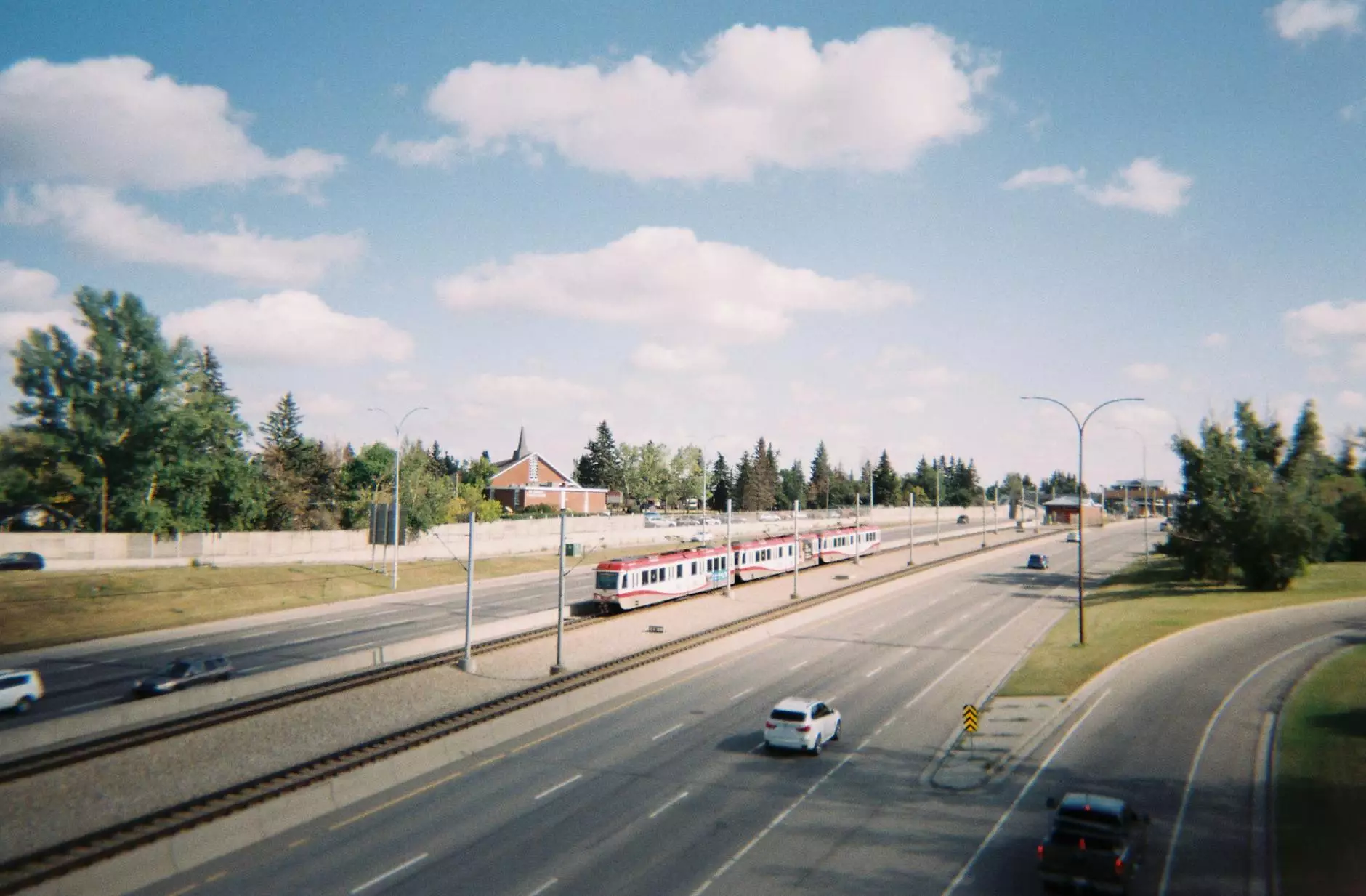Understanding Rhinoplasty Cost: A Comprehensive Guide

Rhinoplasty, commonly known as a nose job, is a cosmetic surgery aimed at changing the shape or function of the nose. As the popularity of this procedure increases, many prospective patients seek to understand the rhinoplasty cost before making a decision. In this extensive article, we will delve into the various aspects that contribute to the cost of rhinoplasty, ensuring you are well-informed and ready to discuss your options with a qualified surgeon.
What Influences the Rhinoplasty Cost?
The cost of rhinoplasty can vary widely based on several factors. Understanding these factors can help you prepare both financially and mentally for the surgery.
- Surgeon’s Experience and Reputation: Highly experienced and reputable surgeons tend to charge more due to their superior skills and track record.
- Location of the Surgery: The geographical area where the surgery is performed can significantly affect the cost. Urban centers typically have higher costs than rural areas.
- Complexity of the Procedure: A primary rhinoplasty (straightforward surgery) generally costs less than a revision rhinoplasty (corrective work).
- Anesthesia and Facility Fees: The type of anesthesia used and the facility where the procedure is performed also impact overall costs.
- Post-Operative Care: Costs associated with follow-up appointments, medications, and any necessary revisions after surgery should also be considered.
Breaking Down Rhinoplasty Costs
To help you understand how rhinoplasty cost is structured, let’s break it down into key components:
1. Surgeon’s Fee
The surgeon’s fee typically comprises the majority of your total costs, and this can range from $5,000 to $15,000. It’s essential to choose a board-certified plastic surgeon to ensure quality and safety.
2. Anesthesia Fee
You will need to pay for the anesthesia used during the procedure. This cost can be anywhere from $600 to $1,500, depending on whether local or general anesthesia is employed.
3. Facility Costs
Operating room fees can vary based on location and facility type. Typically, costs range from $1,000 to $3,000.
4. Post-Surgery Care
After your rhinoplasty, follow-up visits and any necessary medications can add an additional $200 to $1,000 to your total costs.
The Total Cost of Rhinoplasty
In summary, the total rhinoplasty cost can range from approximately $8,000 to $25,000 based on the factors discussed. It’s crucial to schedule a consultation with your surgeon to get an accurate estimate based on your specific case.
Payment Options and Financing
Understanding the financial aspect of rhinoplasty is essential. Many surgical centers offer flexible financing options, enabling you to arrange a payment plan that suits your budget.
- Payment Plans: Monthly payment plans can make the cost more manageable.
- Medical Loans: Some financial institutions offer loans specifically for medical procedures.
- Health Savings Accounts (HSAs): If you have an HSA, it can be a great method to finance your surgery.
Is Rhinoplasty Worth the Investment?
While the rhinoplasty cost can be substantial, many individuals find the benefits to be worth the investment. Rhinoplasty can enhance your aesthetic appeal, improve self-confidence, and even rectify breathing issues, leading to a better quality of life. Consider what the enhancements mean to you personally and how they align with your goals.
Choosing the Right Surgeon
Choosing the right surgeon is key not just for aesthetic outcomes, but also for safety and cost management. Here are some tips:
- Research their credentials: Ensure your surgeon is certified by relevant boards and has a strong portfolio of previous work.
- Read Reviews: Look for testimonials and reviews from previous patients to gauge satisfaction and results.
- Consult multiple surgeons: Schedule consultations with various surgeons to compare costs, approaches, and comfort levels.
Preparing for Rhinoplasty
Preparation for your rhinoplasty is vital to ensure a smooth process and satisfactory results. Follow these steps:
- Schedule a Consultation: Discuss your goals, medical history, and the rhinoplasty cost with your surgeon.
- Follow Pre-Operative Instructions: Adhere to dietary and lifestyle guidelines provided by your surgeon.
- Plan for Recovery: Ensure you have adequate time off work and support available during your recovery period.
Understanding the Recovery Process
Recovery after rhinoplasty varies from person to person. Here are some key points to consider:
- Initial Recovery: The first week may involve swelling, bruising, and discomfort.
- Long-Term Healing: Complete healing can take up to a year to see the final results of your new nose.
- Follow-Up Visits: Regular check-ups with your surgeon are essential for ensuring proper healing and addressing any concerns.
Final Thoughts on Rhinoplasty Cost
In conclusion, understanding the rhinoplasty cost requires consideration of a variety of factors including the surgeon’s experience, geographical location, and the complexities of the procedure itself. By doing thorough research and planning ahead, you can manage the financial aspects effectively and embark on your rhinoplasty journey with confidence.
Remember, at The Wellcome, our dedicated team of professionals is here to help you navigate through every aspect of your rhinoplasty journey. We prioritize your safety, satisfaction, and overall well-being as you explore the possibilities of enhancing your appearance.









